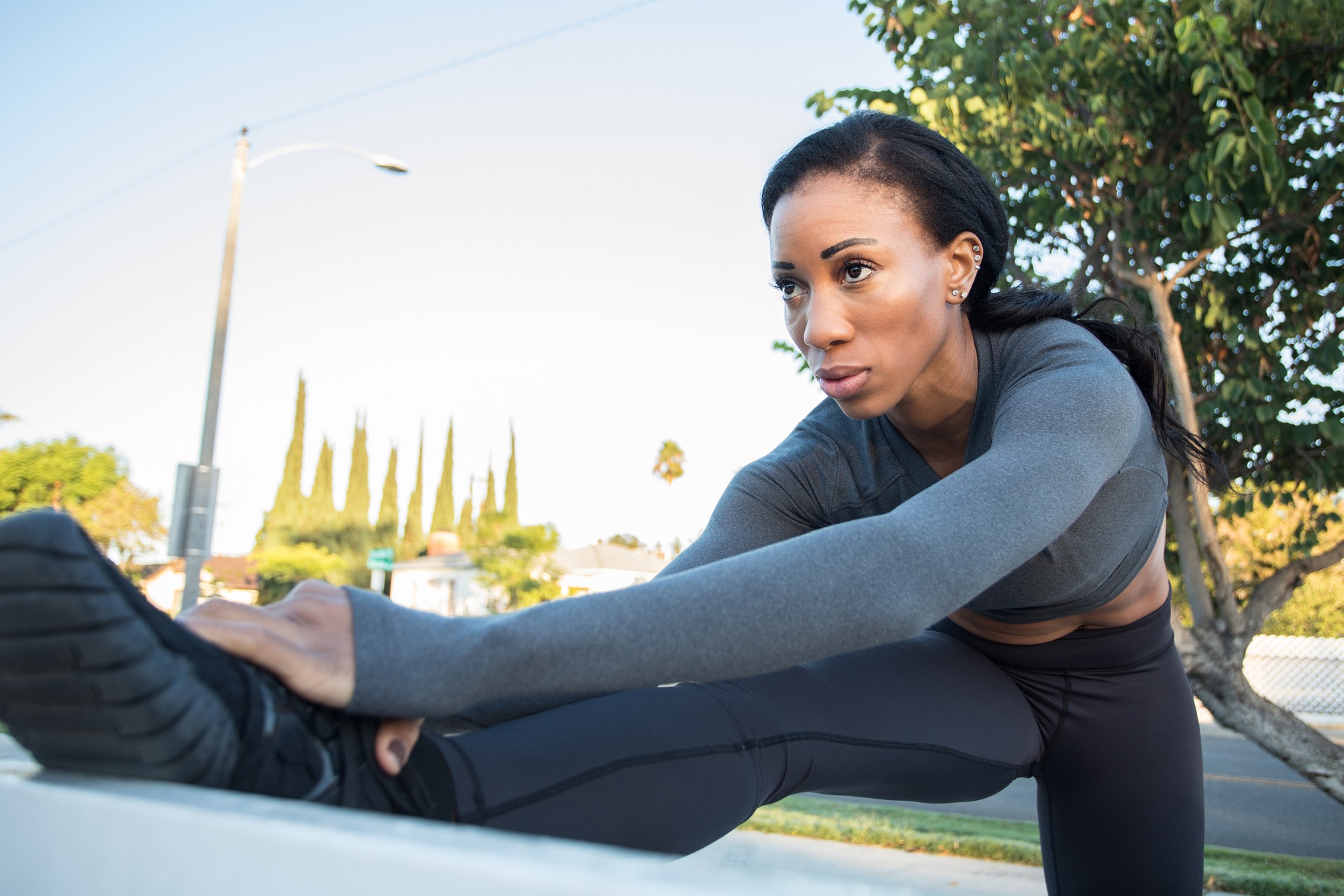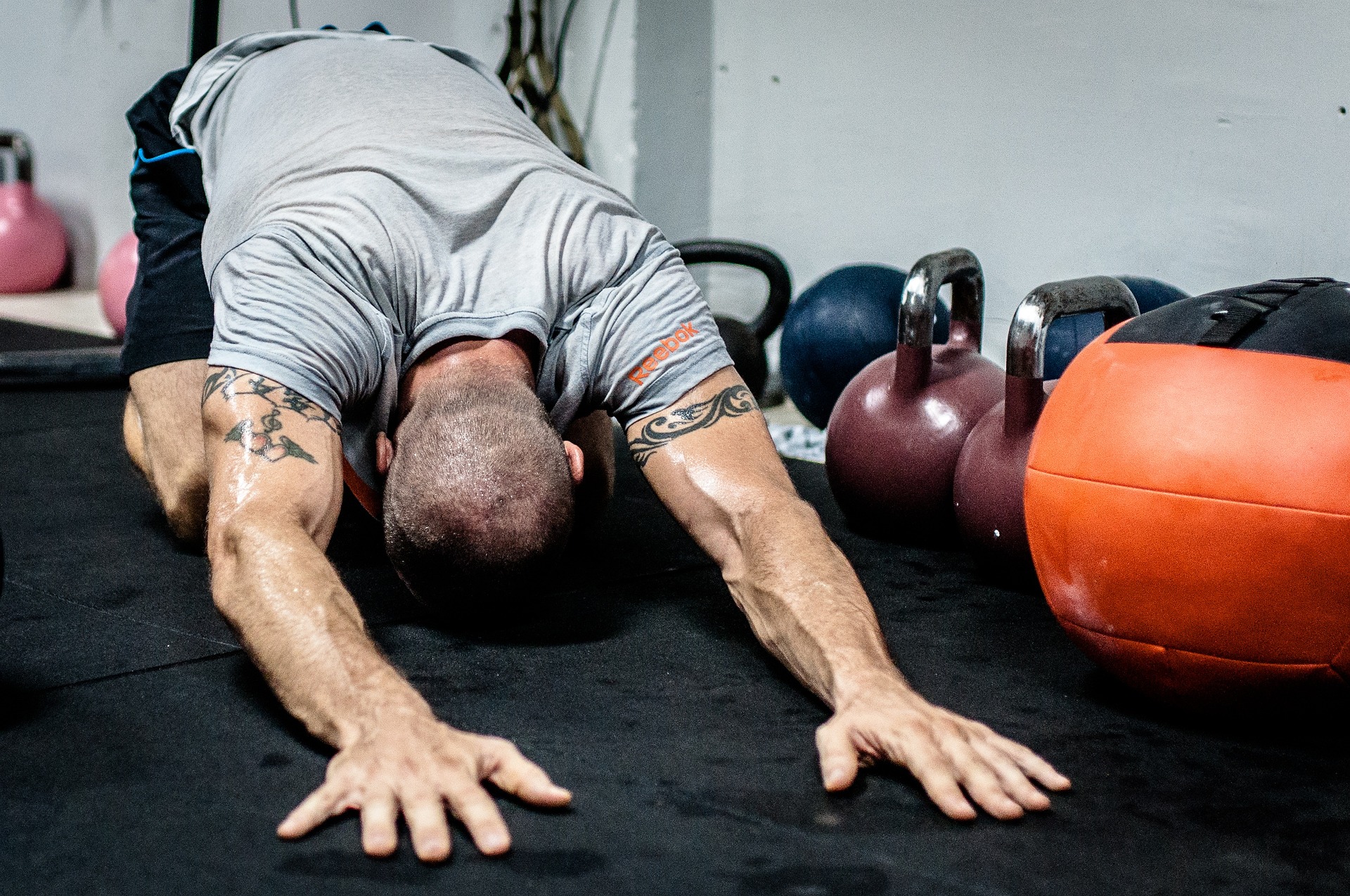The Ultimate Guide to Stretching: 10 Things You Should Know
 Stretching is essential to any workout routine, but many people overlook its importance. Not only does stretching prevent injuries, but it also improves flexibility, increases the range of motion, and reduces muscle tension. This article will cover ten things you should know about stretching to help you get the most out of your workouts.
Stretching is essential to any workout routine, but many people overlook its importance. Not only does stretching prevent injuries, but it also improves flexibility, increases the range of motion, and reduces muscle tension. This article will cover ten things you should know about stretching to help you get the most out of your workouts.
Types of Stretching
There are three main types of stretching: static, dynamic, and ballistic. Static stretching involves holding a stretch for a period of time, while dynamic stretching involves moving through a range of motion. Ballistic stretching involves bouncing to increase flexibility, but it is not recommended as it can cause injury.
Pre-Workout Stretching
Stretching before a workout is important to prepare your muscles for the activity. However, it’s essential to avoid static stretching before a workout as it can decrease muscle strength and increase the risk of injury. Instead, focus on dynamic stretching to warm up your muscles.
Post-Workout Stretching
Stretching after a workout can help reduce muscle soreness and improve recovery time. Static stretching is more appropriate after a workout as your muscles are warm and pliable, allowing for deeper stretches.
Stretching Frequency
Stretching at least two to three times a week is recommended to maintain flexibility and range of motion. However, if you have a specific goal, such as improving your splits, you may need to stretch more frequently.
Stretching Duration
The duration of each stretch depends on the type of stretching and your fitness level. For static stretching, hold each stretch for 30 seconds to one minute. For dynamic stretching, perform each movement for 10-15 repetitions.
 Stretching Intensity
Stretching Intensity
Stretching should feel mildly uncomfortable but not painful. If you experience pain, stop the stretch immediately and consult a healthcare professional.
Stretching Techniques
Various stretching techniques include partner-assisted stretching, PNF stretching, and foam rolling. Each technique has its benefits and is helpful in different situations.
Common Stretching Mistakes
Common stretching mistakes include bouncing during a stretch, holding a stretch for too long, and stretching cold muscles. These mistakes can cause injury and reduce the effectiveness of your stretching routine.
Stretching for Specific Activities
Different activities require different types of stretching. For example, runners may benefit from hip flexor stretches, while swimmers may benefit from shoulder stretches. Understanding the specific needs of your activity can help you tailor your stretching routine.
Benefits of Stretching
The benefits of stretching go beyond injury prevention, including increased flexibility, improved posture, reduced stress and tension, and enhanced athletic performance.
Stretching is a crucial aspect of any workout routine. By understanding the different types of stretching, frequency, duration, and techniques, you can create a stretching routine tailored to your needs. Regular stretching can help you achieve your fitness goals, prevent injury, and enhance your overall well-being.